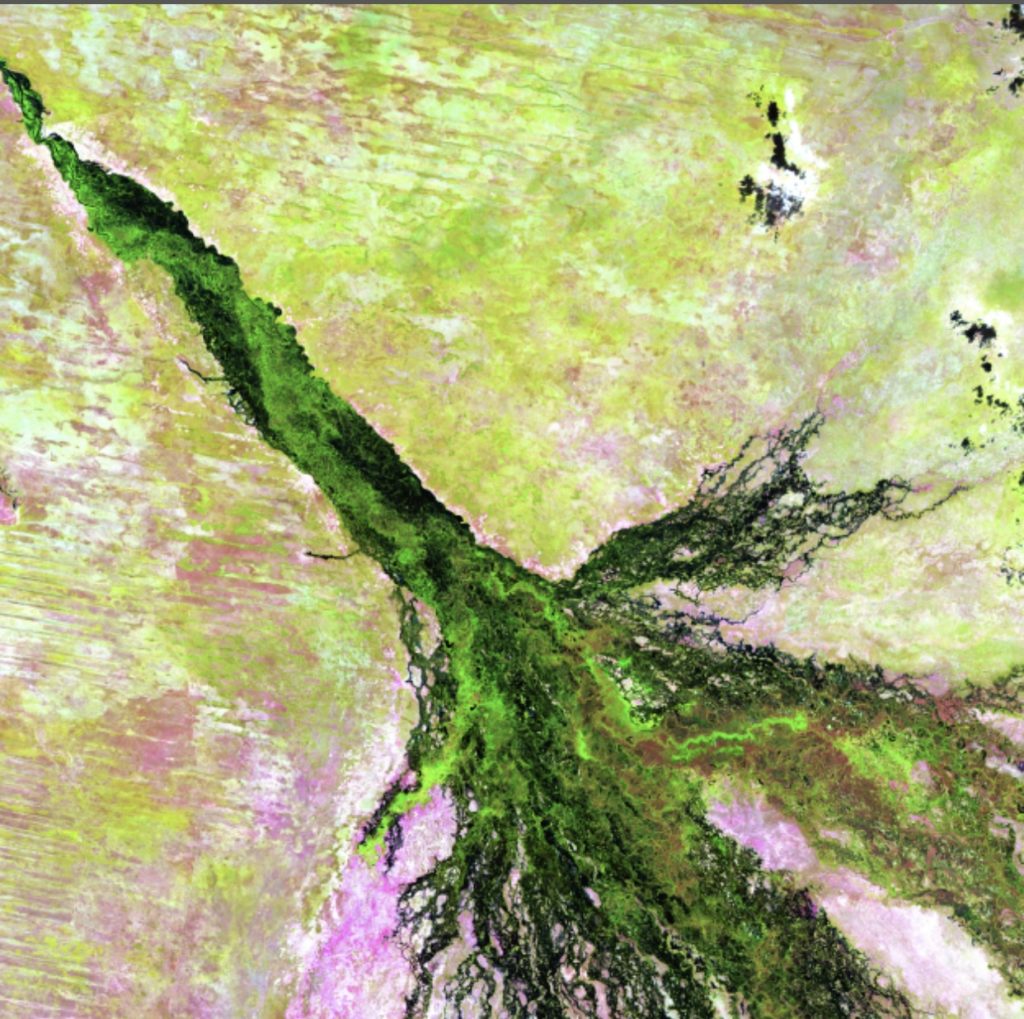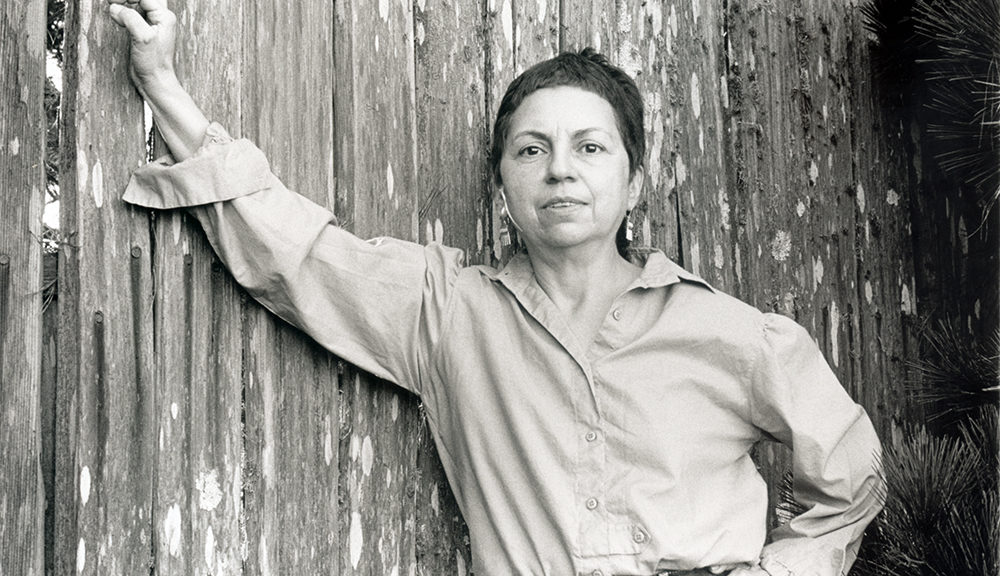Navigating Lackawanna
What a pleasure it is to be at this Table, WOC’s online community. Last week on this blog, Jane Malhotra shared about her experience during a September pilgrimage to Our Lady of Guadalupe with Discerning Deacons. This week, I’ll share some of my experience of the same pilgrimage, and next week the two of us will post together. Thank you for joining us in this exercise of collaborative priesthood
There I was, the last day of August, at Newark International Airport, about to depart for Mexico City on a pilgrimage to Our Lady of Guadalupe that had been arranged by Discerning Deacons, an organization whose mission is “to engage Catholics in the active discernment of our Church about women and the diaconate.”
Talking into my phone, sending last-minute texts to loved ones, I checked to make sure that Siri had heard me right. I always expect to have a typo or two whenever I speak my texts, but on this particular morning the “typos” had almost no relation to what I had just said – and they weren’t even in English. Instead they struck me as messages to rather than from me, words of beckoning and introduction.
“Lackawanna” appeared in one text. “Nneka” in another.
Google told me that Lackawanna is Lenape for “stream that forks.” This image resonated with me immediately. I was aware of my own spiritual life as a stream that had forked many times, taking me from my upbringing as an atheist Jewish New Yorker to my decades of faith-life as a Catholic woman called to chaplaincy and priesthood, to life in my 50s as a joyful feminist/womanist working with women around the world, often outside of institutional affiliation.
There was a particular fork-in-the-stream that I was sensing as I embarked on this trip. A little uncertain about my relationship to the stated mission of Discerning Deacons, I wondered if – with the focus on the diaconate – the organization was in some way splitting off from those, like myself and WOC, who are unequivocal in calling for full gender equality in all aspects of Catholic leadership and decision-making. This open question came with me as I boarded the plane.
As I was soon to learn, Guadalupe has something to say about such splits. According to Eleazar Lopez Hernandez, the indigenous theologian who met with us on our first day of the pilgrimage, “El evento guadalupano nos muestra cómo tejer propuestas conjuntas.” The Guadalupan event shows us how to weave together joint proposals. This sense is echoed in the writings of Chicana feminist scholar, Gloria Anzaldúa:
Guadalupe unites people of different races, religions, languages: Chicano protestants, American Indians and whites. “Nuestra abogada siempre seras/Our mediatrix you will always be.” She mediates between the Spanish and the Indian cultures (or three cultures as in the case of mexicanos of African or other ancestry) and between Chicanos and the white world. She mediates between humans and the divine, between this reality and the reality of spirit entities. La Virgen de Guadalupe is the symbol of ethnic identity and of the tolerance for ambiguity that Chicanos- mexicanos, people of mixed race, people who have Indian blood, people who cross cultures, by necessity possess.
– Gloria Anzaldúa, Borderlands/La Frontera: the New Mestiza, p. 30
Lackawanna signaled to me that I was about to have a close encounter with the in-between, and that if I could open my heart and my mind to indigenous ways of knowing, I could experience something beyond the splits that currently troubled me.

And what of that other word that appeared on my phone at the airport? Nneka, Google informed me, is Nigerian Igbo for “Mother is great, mother is supreme.”
I was thrilled! In the days leading up to this pilgrimage, I had purchased a flurry of books on the divine feminine and African ways of knowing. The Great Cosmic Mother by Monica Joo and Barbara Mor, When God was a Woman by Merlin Stone, and Yurugu: An African- Centered Critique of European Cultural Thought and Behavior by Marimba Ani had all arrived on my doorstep, along with Anzaldúa’s Borderlands, in the week before my departure. Nneka’s appearance on my phone at the airport made me feel safe and joyous in a way that I rarely do before takeoff. It was wonderful for Her to say hello this early in my journey.
And indeed, throughout our time on this pilgrimage, we were invited to experience Guadalupe as this Great Mother. As Eleazar explained to us, the image of Guadalupe says unequivocally to the indigenous one who encounters her: “I am God.” She is revered using the nahuatl honorific title Tonantzin, meaning holy mother. And practically everywhere our tour bus took us, we encountered a display of Tonantzin’s most famous words to Juan Diego, ¿No estoy yo aqui que soy tu madre? “Am I not here, I who am your mother?”
The pilgrimage has opened up something new in my relationship with the divine. As my consciousness and body continue to integrate the experiences of those few days in Mexico City, I am experiencing God as Mother in ways that I have long wished to be able to do. God is my mother, and my body seems to know that now.
And something else is happening too. I am sitting at a fork in the stream – a place between two currents. This fork is older and more primal than any potential division between those who work for women’s ordination in the diaconate and those who work for women’s ordination in the priesthood. Older even than the fork in history marked by the arrival of Spanish conquistadors in Mexico and the appearance of Guadalupe.
The lackawanna where I find myself today is a fork in the development of human religion, one that happened many millennia ago, in various places around the globe. Gloria Anzaldúa points to this lackawanna in her description of the theological origins of Guadalupe:
La Virgin de Guadalupe’s Indian name Coatlalopeuh. She is the central deity connecting us to our Indian ancestry. Coatlalopeuh is descended from, or is an aspect of earlier Mesoamerican fertility and Earth goddesses. The earliest is Coatlicue, or “Serpent Skirt”…. As creator goddess, she was mother of the celestial deities…[One of many] aspects of Coatlicue was Tonantsi.
… [Then] the male-dominated Azteca-Mexica culture drove the powerful female deities underground by giving them monstrous attributes and by substituting male deities in their place, thus splitting the female Self and the female deities. They divided her who had been complete, who possessed both upper (light) and underworld (dark) aspects…Her more sinister aspects were “darkened” and disempowered…Tonantsi, split from her dark aspects, became the good mother.
– Gloria Anzaldúa, Borderlands/La Frontera: the New Mestiza, P. 27

Lackawanna, Nneka and Coatlalopeuh bring me to a place of deep, profound split in the collective human psyche. A place where the stream of consciousness begins to move away from the power of the female Self and the female divine. A place where we try to divide light and dark. A place where we dis-identify ourselves from the Mother who is great, supreme and complete, and choose instead for ourselves only the portion where she is “good.”
I sit here, in the in-between.
And for now, I know in my bones that is all I have to do.
Sit here and feel.
As I sit here, I am held.
And I hear the question, “Am I not here, I who am your mother?”
